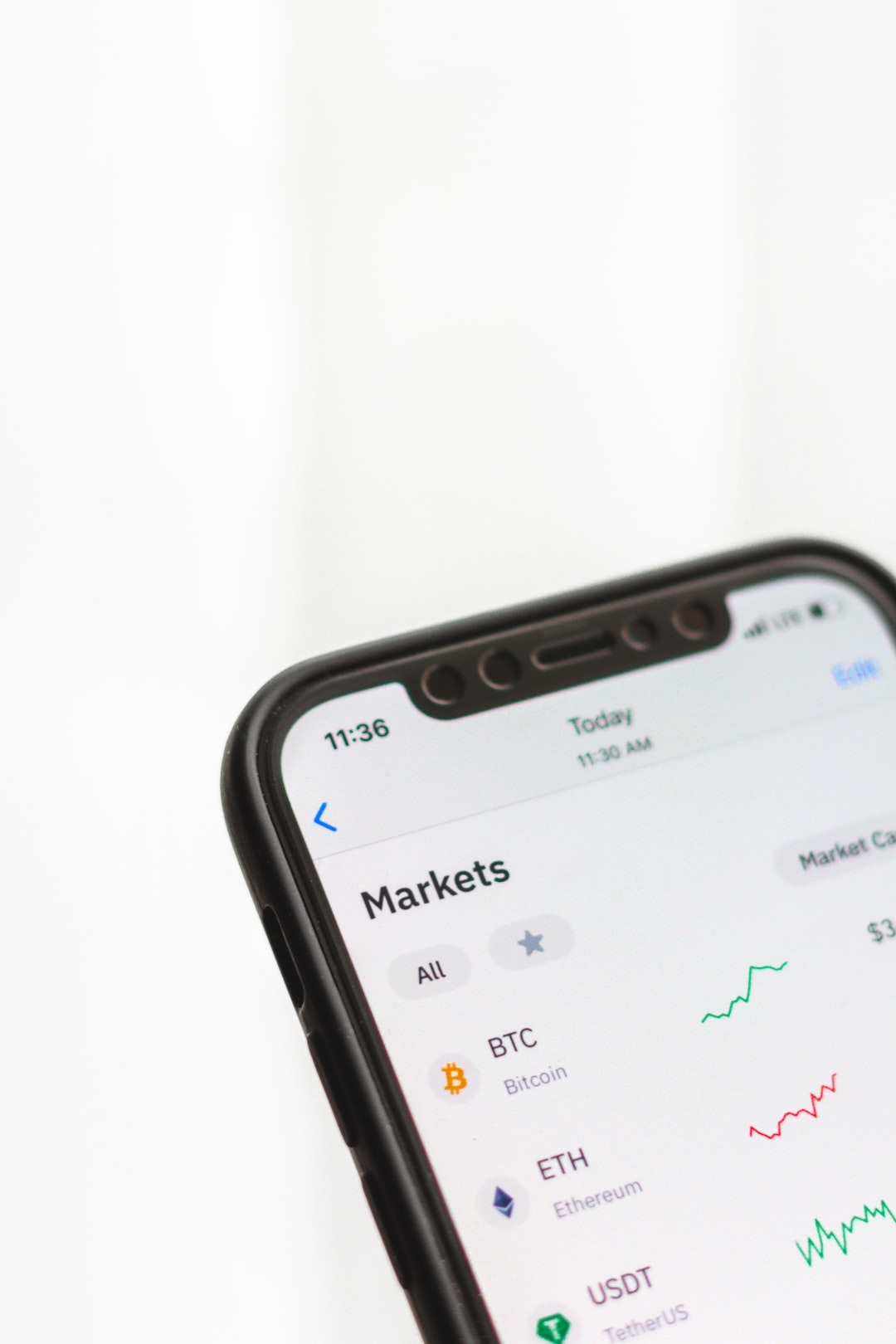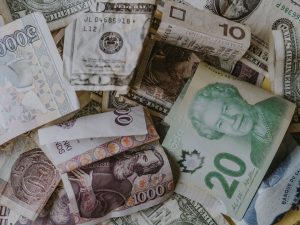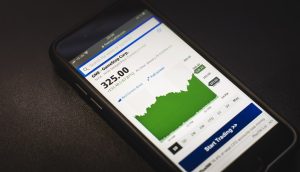The forex market is known for its volatility, which refers to the degree of variation in the price of a currency pair over a given period. Volatility is an important concept in forex trading because it affects the profitability of trades and the risk associated with them. To trade successfully in the forex market, traders need to understand how volatility is calculated and how to use it to their advantage.
Volatility is typically measured using standard deviation, which is a statistical tool that measures the degree of dispersion of a set of data points from their average. In the forex market, standard deviation is used to calculate the volatility of a currency pair over a specific time frame. The formula for calculating volatility using standard deviation is as follows:
Volatility = Square root (Sum of (Price – Average Price)^2 / Number of Prices)
This formula calculates the standard deviation of the price of a currency pair over a given period. The result is a measure of the degree to which prices have fluctuated from their average value over that period. The higher the standard deviation, the greater the volatility of the currency pair.
To calculate volatility, traders typically use historical price data to determine the average price of the currency pair over a specific time frame, such as a day, a week, or a month. Then, they calculate the standard deviation of the price data over that period using the formula above. The resulting number is a measure of the volatility of the currency pair over that time frame.
Volatility can also be measured using other indicators, such as the Average True Range (ATR) and the Bollinger Bands. The ATR is an indicator that measures the average range of price movement of a currency pair over a specific time frame, while the Bollinger Bands are a set of lines that are plotted two standard deviations away from a moving average of the price of a currency pair. Both of these indicators can be used to measure volatility and identify price patterns that can be used to make trading decisions.
Traders use volatility to determine the risk associated with a particular trade. High volatility means that prices are fluctuating rapidly, which can make it difficult to predict where they will go next. This can increase the risk of a trade because it may be more difficult to set stop-loss and take-profit levels that are appropriate for the level of risk that the trader is willing to take on. Conversely, low volatility means that prices are relatively stable, which can make it easier to predict where they will go next and set appropriate stop-loss and take-profit levels.
Traders also use volatility to identify trading opportunities. When volatility is high, there may be more opportunities to make profitable trades because prices are more likely to move in a particular direction. Traders can use technical analysis to identify patterns in the price data that indicate a potential change in direction, such as a trend reversal or a breakout from a trading range. By identifying these patterns, traders can enter trades that have a higher probability of success.
In conclusion, volatility is an important concept in forex trading that is used to measure the degree of variation in the price of a currency pair over a given period. Traders use standard deviation, the ATR, and the Bollinger Bands to calculate volatility and identify trading opportunities. Understanding how volatility is calculated and how to use it to make trading decisions is essential for success in the forex market.






